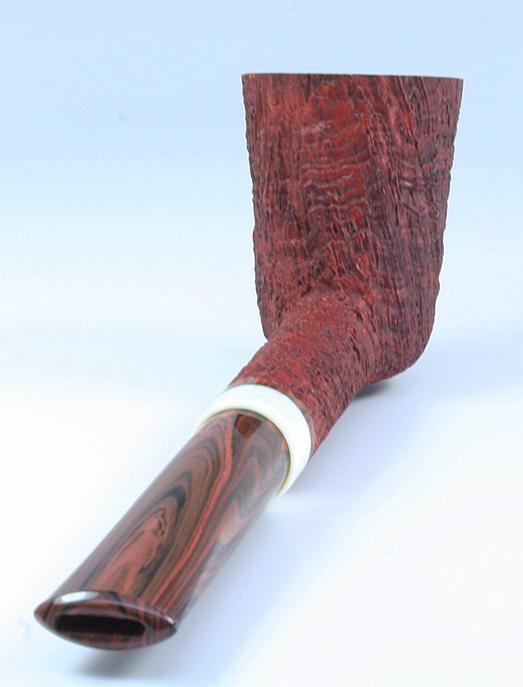I have one Cumberland stem, on a 2015 Dunhill I got here recently.
Parks Pipes website defines Cumberland as "Madder-red Ebonite swirled with darker to produce a unique faux wood pattern."
Everything I have read about Cumberland also indicates it is an ebonite/vulcanite product. I have no reason to doubt it, but the feel of the stem is harder to me than I expected.
It's comfortable but I perceive no "give" to it. Anyone else have a similar experience?


Parks Pipes website defines Cumberland as "Madder-red Ebonite swirled with darker to produce a unique faux wood pattern."
Everything I have read about Cumberland also indicates it is an ebonite/vulcanite product. I have no reason to doubt it, but the feel of the stem is harder to me than I expected.
It's comfortable but I perceive no "give" to it. Anyone else have a similar experience?












